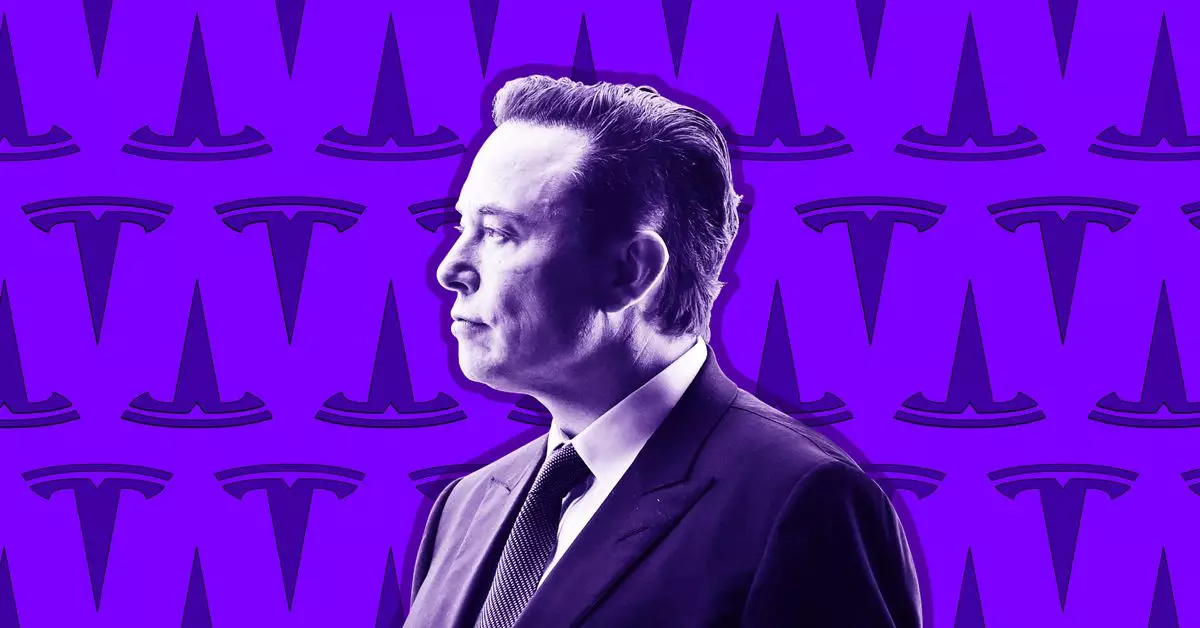Tesla’s CEO, Elon Musk, has recently made drastic cost-cutting decisions that have directly impacted the company’s Supercharger division. These decisions have led to at least 500 layoffs, including top executives like Rebecca Tinucci. The sudden layoffs have resulted in bounced emails, stalled projects, and delayed adapters within the Supercharger business. This has raised concerns about the immediate and long-term effects of Musk’s “absolutely hard core” approach to reducing costs.
The timing of these layoffs couldn’t have been worse as Tesla was on the brink of making its vehicle charging plug the standard in North America. The layoffs have raised doubts about Tesla’s ability to maintain its position as a leader in the electric vehicle charging infrastructure. The leaner team, as Musk claims, will now prioritize achieving “100 percent uptime” instead of expanding the Supercharger network. However, former employees have expressed concerns that reduced manpower will hinder their ability to respond to outages effectively.
The recent layoffs seem to contradict Tesla’s earlier plans to expand its charging infrastructure teams to support EVs from other manufacturers. The company had even secured federal grants for EV charging before making the decision to downsize the Supercharger division. This shift in priorities has led to the cancellation of several Supercharger locations and has raised questions about the future growth of the network.
The impact of Tesla’s cost-cutting measures extends beyond the Supercharger division. Projects to install Level 2 destination chargers at apartment complexes have also been affected, leaving customers like Don Burke in limbo. With emails bouncing back and a lack of responses from Tesla employees, customers are left without support and guidance. The delays and cancellations in charging station installations have also affected partnerships with companies like Hilton, raising concerns about the completion of large-scale projects.
One of the major consequences of Tesla’s layoffs is the delay in providing CCS-to-NACS adapters to owners of electric vehicles from other manufacturers like Ford, Rivian, and GM. This delay has affected the rollout of complementary fast-charging adapters for vehicles like the Mustang Mach-E and F-150 Lightning, leading to frustration among customers. The disrupted supply chain has raised questions about Tesla’s ability to meet the demands of its growing customer base.
Tesla’s Supercharger network has long been regarded as the gold standard in electric vehicle charging infrastructure. However, the recent layoffs and disruptions have put this reputation at risk. With key executives like Rebecca Tinucci leaving the company and a leaner team struggling to maintain uptime, Tesla’s dominance in the market is facing challenges. The fallout from these layoffs may have far-reaching consequences on Tesla’s brand image and its position as a leader in the EV industry.
Tesla’s decision to downsize its Supercharger division has had significant repercussions on the company’s operations, customer relations, and overall market position. The fallout from these layoffs highlights the risks associated with aggressive cost-cutting measures and underscores the importance of maintaining a balance between efficiency and sustainability in business decisions. Tesla now faces the challenge of rebuilding trust with customers, partners, and stakeholders while navigating the uncertainties of a rapidly evolving electric vehicle market.


Leave a Reply